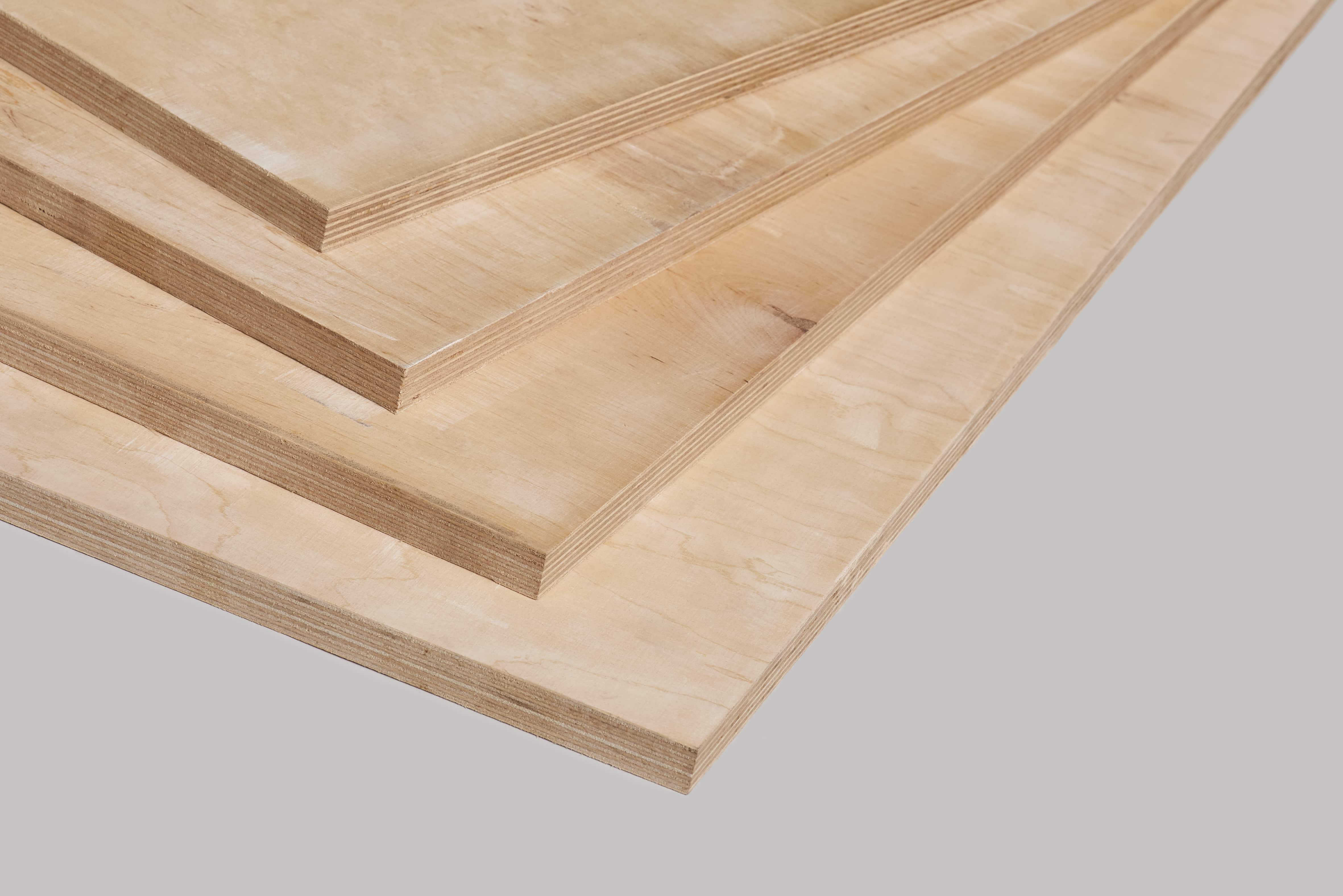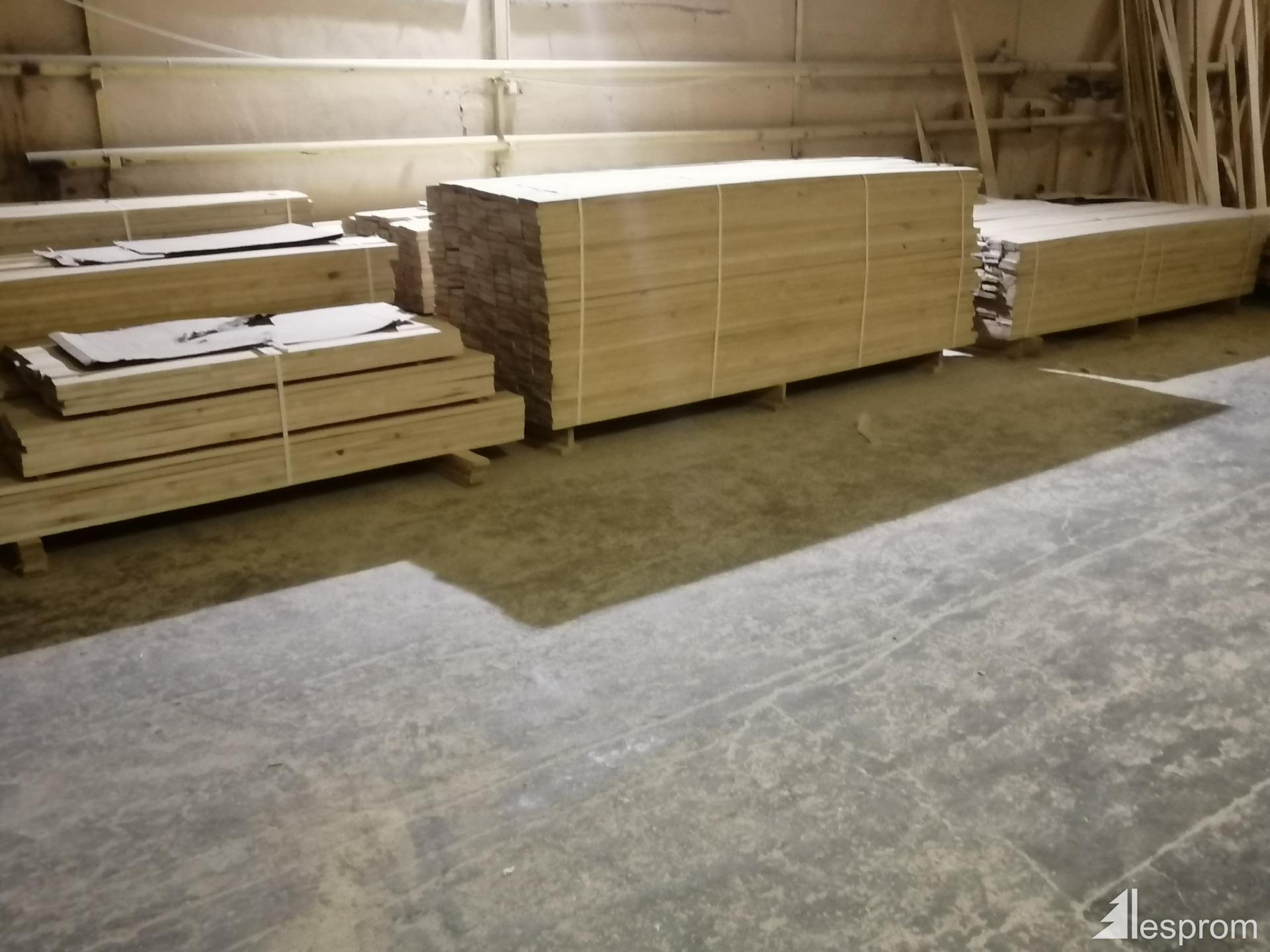


Redesigned website! How earthy is that?!.New (Old) Projects Published on Website.New Project in the Works: Fantastic Garden.I coat all my engraving blocks with walnut or gray ink (diluted sumi) to make my carving easier to see as it progresses. When the pencil lines are gone, the block is ready to engrave! To know when enough is enough, I draw lightly on the block with a pencil. Then I rub the block on the sandpaper in circles. I place a piece of 400 grit sandpaper on my inking slab, grit up. Otherwise, it is ready to accept a tracing.įor wood engravings the process is easier because the blocks come nearly ready from the supplier. If I will draw right on the block, I usually coat the block with walnut colored ink (sometimes medium gray). Most times I stop at 400 to allow some of the grain to show in the print. By the time you get to the finest grits, your woodblock is shining and slick like glass. I use a sanding block, the hard rubber kind and change my paper often, keeping a graphics brush handy to get rid of the surface dust.ģ20, 400, 600 and sometimes 1200 follow in sequence. I begin with 220 grit wet/dry sandpaper (100 if the block shows saw marks or is very irregular). I've never met a piece of wood I couldn't use, just takes adjusting the print sometimes.Ī good sanding helps irregularities and fills in the grain of birch and pine. Inspection follows, I am particularly looking for out of plane blocks, warped blocks, low spots, cracks and knots. A dusting with a soft nylon brush does the trick. I start by cleaning the block, many times they come dirty from the lumberyard. Caring and preparing the blocks helps me get to know that particular block ahead of time, and helps me in the thinking process for that particular print. Regardless of what wood I'm about to lay my hands on, I follow pretty much the same procedures. On any of the three above, remember that wood is heavy and sometimes the shipping will be quite expensive so I always buy bulk and store in my desert studio at a comfy 6% humidity or less. Search the web for "lumber." This by far is the cheapest way to go if you can buy quantities. Others are simply online lumberyards that retail sell and ship small quantities of wood. They usually supply cabinet makers, wood carving enthusiasts and other assorted wood hobbiers.

The best woods for printmakers can be found in their Hobby or Woodcraft sections.ĭedicated wood suppliers on the web make up the third bunch. The less expensive for the adventurous, your friendly local home-supply store and, of course any lumberyard or building supplies warehouse in your town. You can get wood that is ready to cut out of the box but I still go through my ritual outlined below.Ĭheck the Links Page on this blog for these and other resources. The expensive but tried and true, most printmaking suppliers will have some sort of wood designed and milled specifically for woodcuts. Understanding Wood: A Craftsman's Guide to Wood TechnologyĪbout Wood Sources and Resources You can get wood for printmakers from: The Encyclopedia Of Wood: A Tree-By-Tree Guide To The World's Most Versatile Resource Here is a brief wood primer for the woodcut printmaker.Ī couple of reference books on wood species and suitability of wood for various crafts (I have added these and others to my BookStore page on this blog): You will want to carve it and stain it and sand it and plane it and collect different species. Seemingly mysterious at first, once you begin working with wood an addiction takes over. Wood is a magical and wonderful material.


 0 kommentar(er)
0 kommentar(er)
